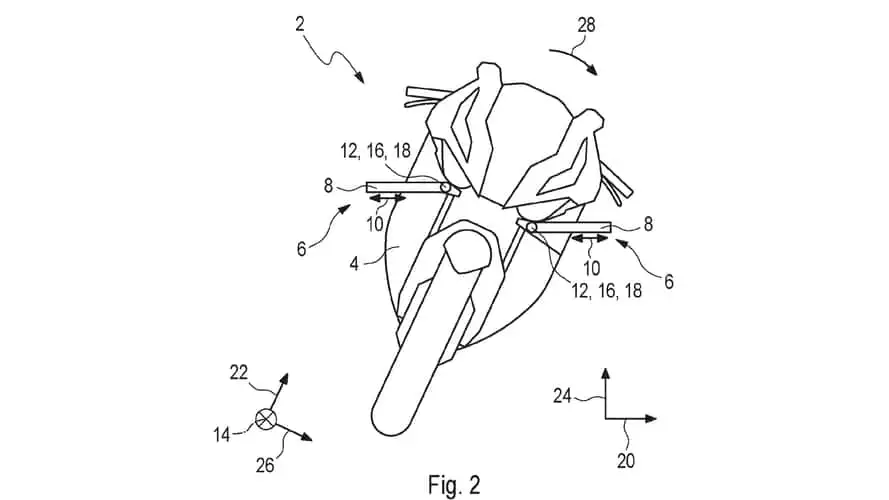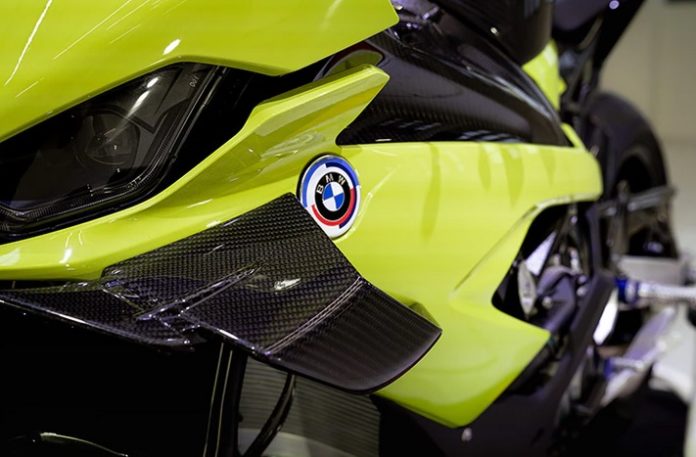BMW has long been synonymous with innovation in the realm of motorcycles, pushing the boundaries of performance and technology with each new iteration. Now, reports suggest that the future of the iconic BMW S 1000 RR could be even more revolutionary, with the potential integration of moveable winglets.
The concept of moveable winglets isn’t entirely new to the world of motorsports. Static winglets have been utilized to great effect in racing, providing valuable downforce to enhance stability and grip on straightaways and under braking. However, the challenge lies in optimizing downforce through corners, where traditional winglets may prove less effective due to the lean angle of the bike.

Enter BMW’s groundbreaking patent for active winglets, designed to dynamically adjust in real-time to provide the necessary downforce during cornering maneuvers. Unlike static winglets that remain fixed in position, BMW’s proposed solution involves winglets that maintain parallel alignment with the ground, even as the motorcycle leans into turns.
While the specifics of the mechanical and electrical systems required to operate these moveable winglets are not detailed in the patent, the fundamental concept represents a significant leap forward in motorcycle aerodynamics. Leveraging the sophisticated inertial measurement units (IMUs) found in modern superbikes, BMW aims to develop a seamless computerized system capable of keeping the winglets level throughout varying lean angles.

Although the integration of active aerodynamics into future BMW superbikes is not guaranteed, the filing of this patent underscores the company’s commitment to pushing the boundaries of innovation. The potential benefits of such a system, including improved stability and cornering performance, could outweigh any drawbacks in terms of added weight and complexity.
Moreover, BMW’s pursuit of a broad patent on this technology could have far-reaching implications for the industry. Rivals seeking to implement similar active aerodynamic systems would either need to develop distinct solutions to circumvent BMW’s patent or negotiate licensing agreements with the company, further solidifying BMW’s position as a leader in motorcycle innovation.








